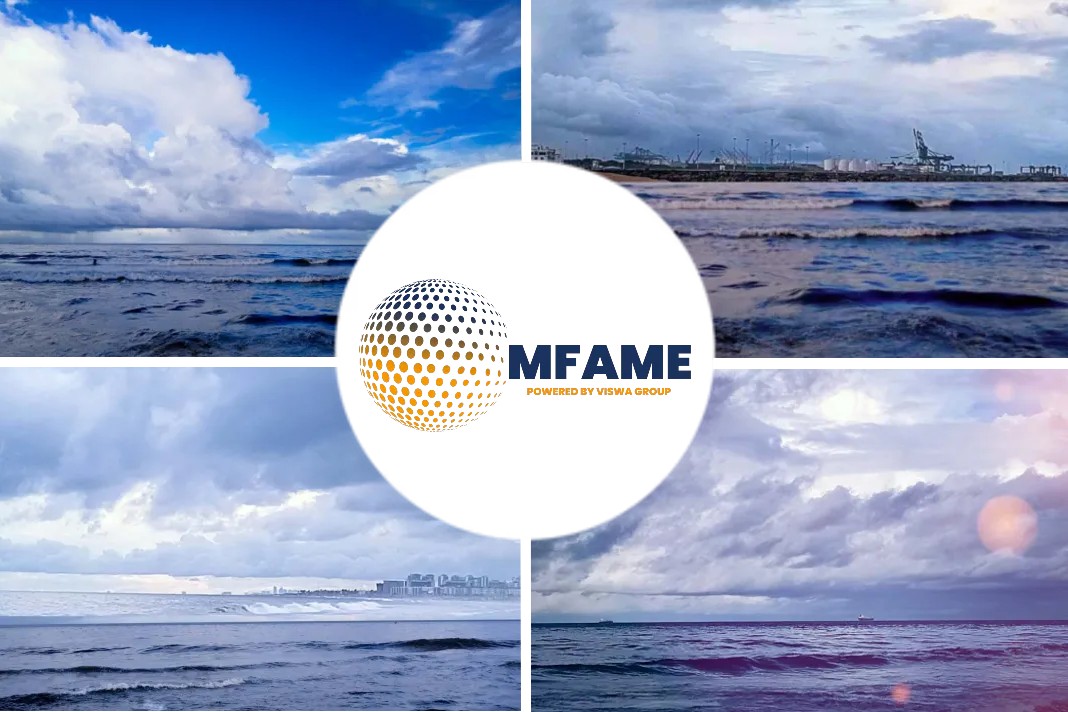
Japan is preparing to release more than a million tonnes of treated wastewater from the Fukushima nuclear plant into the sea, reports gCaptain.
Nearly 12 years ago, a massive earthquake and tsunami triggered a nuclear catastrophe at Japan’s Fukushima Daiichi plant. The nuclear reactors have been decommissioned – a process which will take 40 years to complete. But the shutdown has stalled over the build-up of vast quantities of water used to keep the damaged reactors cool.
To free up space, operator TEPCO want to release 1.3 million tonnes of the wastewater into the sea. They claim that the water is filtered to remove most radionuclides, making the release safe. But local fishers and environmental groups aren’t convinced.
Why does the water need to be released?
The site produces 100,000 litres of contaminated water daily. It is a combination of groundwater, rainwater that seeps into the area and water used for cooling.
More than 1.32 million tonnes of treated wastewater is currently stored at the site. That accounts for 96 per cent of storage capacity.
Under a plan approved by the Japanese government, the release of this water is expected to begin this spring or summer.
Is it safe to release the wastewater from Fukushima?
TEPCO says several filtering systems remove most of the 62 radioactive elements in the water, including caesium and strontium, but tritium – a radioactive form of hydrogen – remains.
TEPCO plans to dilute the water to reduce radioactivity levels to 1,500 becquerels per litre, far below the national safety standard of 60,000 becquerels per litre.
The International Atomic Energy Agency (IAEA) has said the release meets international standards and “will not cause any harm to the environment“. But neighbouring countries, including China and South Korea, along with activist groups such as Greenpeace and some local residents are strongly opposed to the release.
Local fishermen fear the release would once again make consumers wary of buying their catch. “We have suffered reputational damage since the disaster, and we will go through that all over again, starting from zero,” fisherman Masahiro Ishibashi, 43, told AFP news agency.
Greenpeace have also expressed concern that the discharge will “contaminate” the Pacific Ocean.
“Rather than using the best available technology to minimise radiation hazards by storing and processing the water over the long term, they have opted for the cheapest option, dumping the water into the Pacific Ocean,” said Kazue Suzuki, Climate/Energy Campaigner at Greenpeace Japan.
How will the water be released?
The operator is constructing more filtering facilities on the shore and a kilometre-long underwater pipe to release treated water over several decades.
“We don’t plan to release the water all in one go, it will be a maximum of 500 tonnes a day of the total 1.37 million tonnes of ALPS-treated water,” TEPCO official Kenichi Takahara told AFP. “It will take 30 to 40 years, the time required for decommissioning the plant.”
TEPCO are trying to win over locals by livestreaming a tank of fish living in the treated water.
“Fish kept in the ALPS-treated water… do ingest tritium, to some extent. But once the animal is transferred to normal seawater, the level of tritium in the fish quickly lowers,” said Kazuo Yamanaka, in charge of the trials.
Did you subscribe to our daily newsletter?
It’s Free! Click here to Subscribe!
Source: gCaptain

















